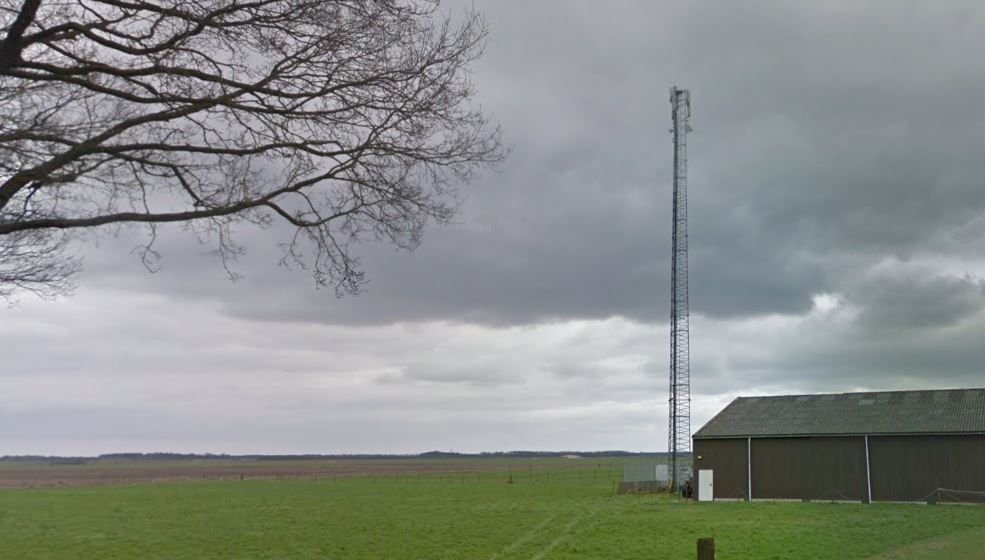If your phone shows a "4G" icon in the top bar then you must have 4G internet right? Wrong, your phone has no way of knowning if your internet connection complies to the 4G spec. What phones really do is just show a 4G logo when connecting to an LTE network. The painful reality is that basically none of the mobile networks provided by the ISPs come near to the 4G spec, meanwhile they are pushing to roll out 5G which promises to fix everything.
For 2G there isn't really one standard, it was called 2G because it was the first digital mobile phone network and thus dubbed the second generation network. 2G contains GSM, GPRS and EDGE.
Then the 3G standard was introduced, which is an actual standard called IMT-2000. This standard defines how the radio layer of 3G works, on top of this a bunch of protocols were created like UMTS, HDSPA, HSUPA, HDSPA+ and WiMax. At this point cellphones still showed the actual connection beside the signal strength bars like "U", "H" and "H+". With HDSPA download speeds of 14.4 Mb/s could be reached and with HDSPA+ it was possible to get 28.8 Mb/s download speed.
To follow up on 3G the 4G spec was released. This is actually the IMT-Advanced standard. In this standard There are strict requirements for minimum/maximum speeds, latency and technology used. Only two standards can theoretically be used to create an 4G compliant network. LTE and WiMax. To comply with 4G the network must:
- Have a peak data rate of 100Mb/s downstream to mobile clients
- Have a peak data rate of 1Gb/s downstream to fixed installations
- Have less than 10ms latency between the station and the basestation
- Have ONLY packet switched data, no circuit switcehd voice allowed
- Work up to 350 km/h
The major reason most "4G" networks aren't 4G is because they either don't implement VoLTE (voice over LTE) which is packet switched calling, and thus fall back to circuit switched calling with an 3G standard (as soon as you start a call your 4G icon will dissapear because it has to connect to a 3G network) or they don't reach the peak data rate.
The funny thing is that for 4G you need to be able to get a peak data rate of 100Mb/s while at the time it was released and a while after in The Netherlands most "4G" contracts had a speed limit in them like 7.2Mb/s or 14.4Mb/s. So they used LTE but limited the speed so it's not 4G. At the same time you could also get a CHEAPER 3G contract that used HDSPA+ and was thus limited to 28.8 Mb/s. So for a while 3G was faster than 4G.
Also in 2019 most providers in The Netherlands still don't provide VoLTE service on their network, making it not 4G.
The 5G elephant in the room
In 2017 the IMT-2020 spec was released. This is the spec that defines 5G. The 5G spec raises the requirements for the network a lot:
- Have a peak data rate of 20Gb/s downstream
- Have a peak data rate of 10Gb/s upstream
- Reach above 100Mb/s downstream at least 95% of the time
- Reach above 50Mb/s upstream at least 95% of the time
- Less than 1ms latency between the station and the basestation
- Work up to 500 km/h
So ISP's are all shouting they're implementing 5G while they can't even meet the 4G spec yet. this will be fun...

